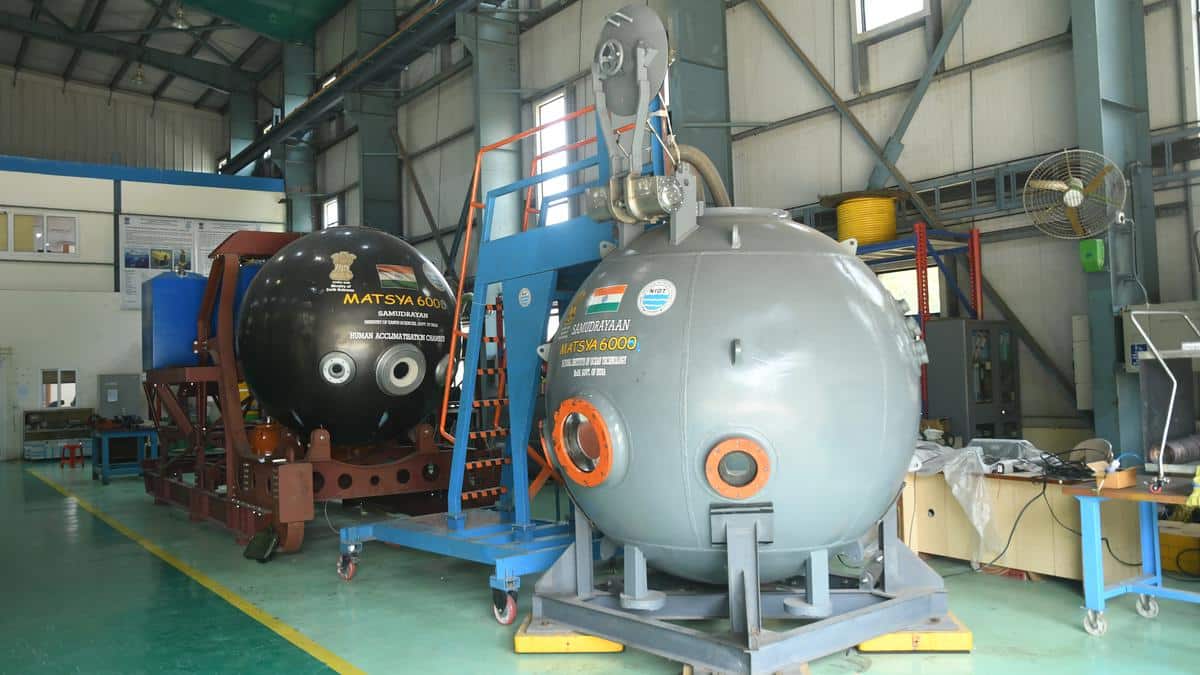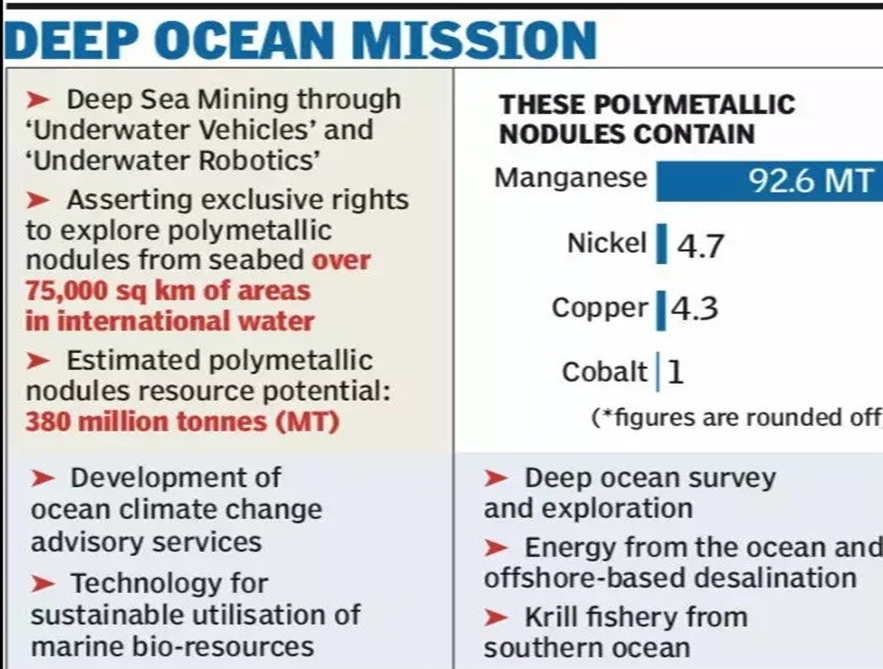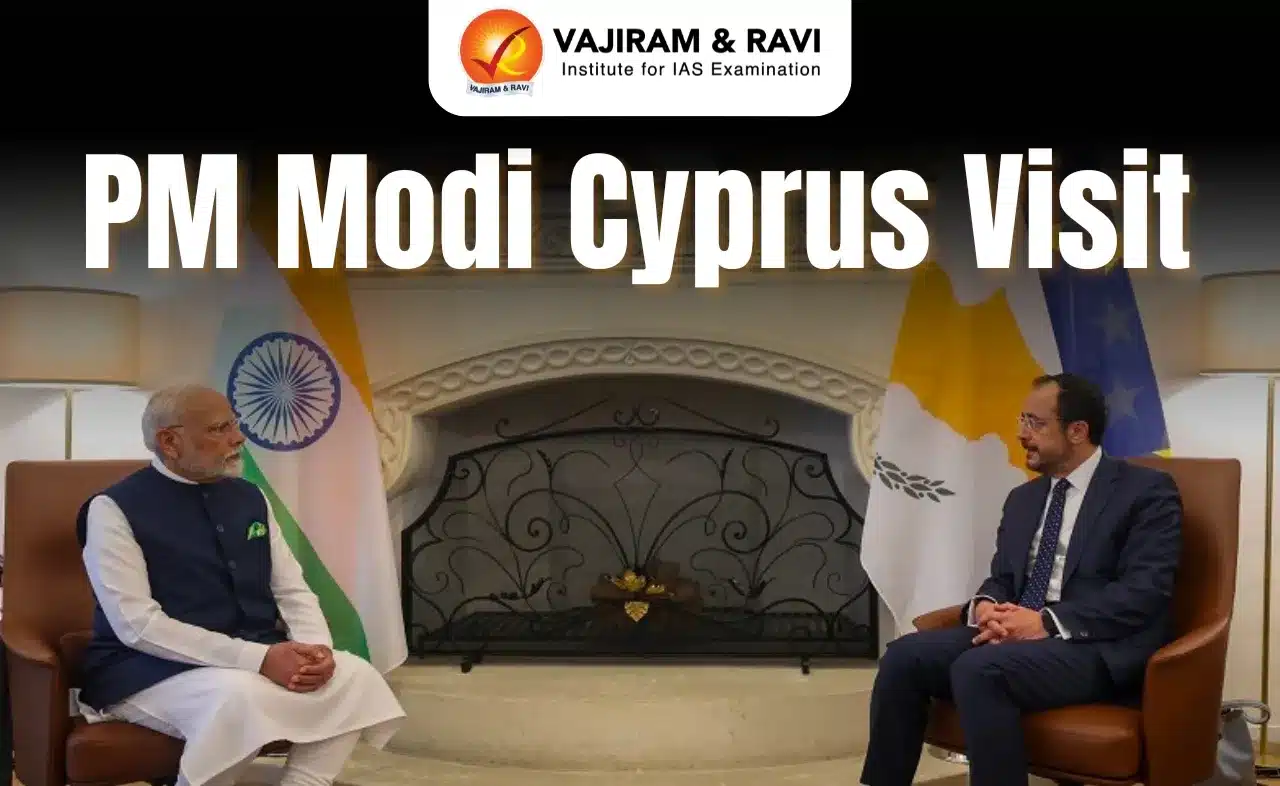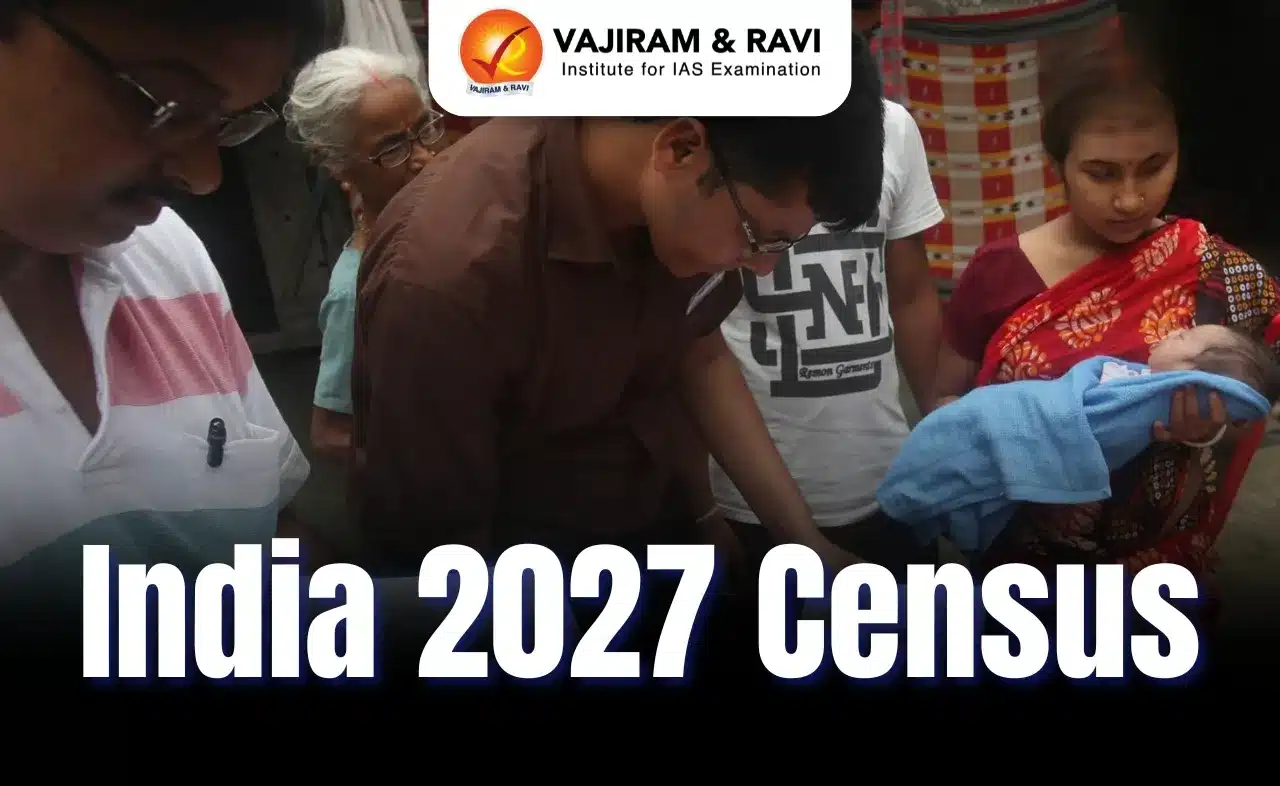What’s in today’s article?
- Why in News?
- What is NIOT?
- What is Samudrayaan Mission?
- What is MATSYA 6000?
- News Summary Regarding MATSYA-6000
Why in News?
- In order to explore the potential of the seabed, the National Institute of Ocean Technology’s (NIOT) MATSYA 6000 will dive 6,000-meter into the Indian Ocean under the Samudrayaan mission.
What is NIOT?
- Established in 1993 as an autonomous society under the Ministry of Earth Sciences (MoES), NIOT is based in Chennai.
- The major aim of starting NIOT was to develop reliable indigenous technologies to solve various engineering problems associated with harvesting of non-living and living resources in India’s exclusive economic zone (EEZ).
What is Samudrayaan Mission?
- Samudrayaan, or the journey into the sea, is a mission launched in 2021 to unlock the mysteries of the deep ocean for mineral resources and develop deep sea technologies for sustainable use of ocean resources.
- A sub-component of India’s Deep-Sea Mission, the Samudrayaan mission aimed at supporting the Blue Economy initiatives of the Indian government by developing niche technology, vehicles to carry out subsea activities.
- The MoES is the nodal ministry to implement this multi-institutional ambitious mission.
- The estimated cost of the mission will be Rs 4077 crore for a period of 5 years to be implemented in a phase-wise manner – cost for the first phase (2021-2024) would be Rs 2823.4 crore.
- Indian Space Research Organization (ISRO), Indian Institute of Tropical Meteorology (Pune) and Defence Research and Development Organisation (DRDO) will actively participate in this mission.
- It was conceptualised based on the forthcoming Gaganyaan mission – ISRO’s attempt at a crewed mission into space – expected in late 2024 or 2025.
Image Caption: Deep Ocean Mission
What is MATSYA 6000?
It is a manned submersible vehicle developed by NIOT under the Samudrayaan mission to facilitate humans in the deep ocean in exploring mineral resources like Nickel, Cobalt, Rare Earths, Manganese, etc.
Expected to be launched in 2024-25, it would make India only one among six countries (US, Russia, Japan, France, and China) to have piloted a crewed under-sea expedition beyond 5,000 metres.
News Summary Regarding MATSYA-6000:
- India’s seabed and the relevant zones with economic potential are not deeper than 6,000 metres.
- India’s energy needs and increasing competition to harness ocean resources are the key thrust for the Samudrayaan mission.
- The International Seabed Authority (ISA) has allocated about 75,0000 square kilometres in the Central Indian Ocean Basin (CIOB) to conduct exploratory mining (of polymetallic nodules).
- Just this month the UN passed the High Seas treaty (India too has committed to this) that seeks to protect 30% of the world’s ocean by 2030.
- MATSYA-6000 is a spherical, titanium hull (made by ISRO) equipped with life-support, capable of floating underwater and collecting soil and rock samples from the seabed with attached robotic arms.
- Three navigators, over a fortnight and about 1,500 km away from Kanyakumari will undertake multiple trips – each lasting about 12 hours (descent and ascent will be 8 hours and rest is exploration, surveying and scientific activity).
- At a depth of 6,000 metres, the weight of water would be nearly 600 times that at sea level which makes the pressurised hull the most important component of the submersible.
- About 60% of the submersible was manufactured in India. Components such as cameras, sensors, and communication systems were bought from international vendors.
- Over the years, NIOT has consulted with crewed-submersible experts from several countries – Japan, Russia, France and the know-how to ensure a safe ascent and descent.
Q1) What are polymetallic nodules?
Polymetallic nodules/manganese nodules are mineral concretions on the sea bottom formed of concentric layers of iron and manganese hydroxides around a core. As nodules can be found in vast quantities, and contain valuable metals, deposits have been identified as a potential economic interest.
Q2) What is the International Seabed Authority (ISA)?
The ISA (HQ – Kingston, Jamaica) is an intergovernmental body of 167 member states and the EU established under the 1982 UNCLOS in 1994. The ISA’s dual mission is to authorize and control development of mineral related operations in the international seabed and to protect the ecosystem of the seabed.
Source: India set to dive to explore marine biodiversity | PIB |TheFederal.com
Last updated on June, 2025
→ UPSC Notification 2025 was released on 22nd January 2025.
→ UPSC Prelims Result 2025 is out now for the CSE held on 25 May 2025.
→ UPSC Prelims Question Paper 2025 and Unofficial Prelims Answer Key 2025 are available now.
→ UPSC Calendar 2026 is released on 15th May, 2025.
→ The UPSC Vacancy 2025 were released 1129, out of which 979 were for UPSC CSE and remaining 150 are for UPSC IFoS.
→ UPSC Mains 2025 will be conducted on 22nd August 2025.
→ UPSC Prelims 2026 will be conducted on 24th May, 2026 & UPSC Mains 2026 will be conducted on 21st August 2026.
→ The UPSC Selection Process is of 3 stages-Prelims, Mains and Interview.
→ UPSC Result 2024 is released with latest UPSC Marksheet 2024. Check Now!
→ UPSC Toppers List 2024 is released now. Shakti Dubey is UPSC AIR 1 2024 Topper.
→ Also check Best IAS Coaching in Delhi

























